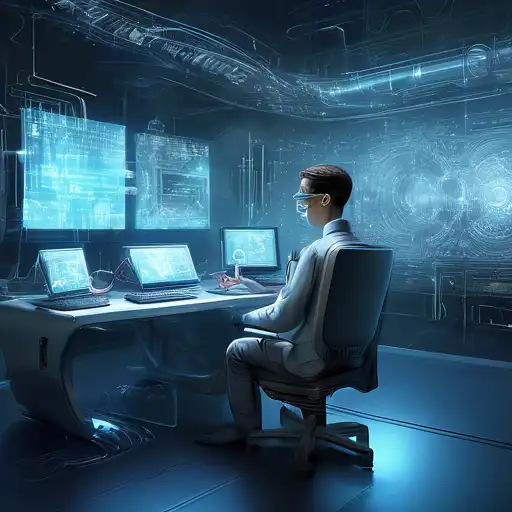Introduction to Computer Vision Technology
Computer vision technology has seen remarkable advancements in recent years, transforming how machines interpret and understand the visual world. From facial recognition systems to autonomous vehicles, the applications of computer vision are vast and varied. This article delves into the latest breakthroughs in the field, highlighting how these innovations are shaping industries and everyday life.
The Evolution of Computer Vision
The journey of computer vision from simple image processing to complex scene understanding is a testament to the rapid progress in artificial intelligence (AI) and machine learning (ML). Early systems relied on manually crafted features, but today's algorithms leverage deep learning to automatically learn and improve from vast datasets. This shift has significantly enhanced the accuracy and efficiency of computer vision systems.
Key Advancements in Computer Vision
Several key advancements have propelled computer vision technology forward. These include:
- Deep Learning Models: Convolutional Neural Networks (CNNs) have become the backbone of modern computer vision, enabling machines to achieve human-level accuracy in tasks like image classification and object detection.
- Real-time Processing: With the advent of powerful GPUs and optimized algorithms, computer vision systems can now process and analyze video streams in real time, opening up new possibilities in surveillance and interactive applications.
- 3D Vision: Advances in 3D imaging and depth sensing technologies have improved the ability of machines to understand spatial relationships, crucial for applications in robotics and augmented reality.
- Edge Computing: By processing data locally on devices, edge computing reduces latency and bandwidth use, making computer vision applications more efficient and scalable.
Applications of Advanced Computer Vision
The impact of these advancements is evident across various sectors:
- Healthcare: Computer vision aids in diagnosing diseases from medical images with higher precision than ever before.
- Retail: Automated checkout systems and inventory management are revolutionizing the shopping experience.
- Automotive: Self-driving cars rely on computer vision to navigate safely and efficiently.
- Security: Enhanced surveillance systems can identify threats in real time, improving public safety.
Challenges and Future Directions
Despite these advancements, challenges such as data privacy concerns and the need for more robust algorithms remain. The future of computer vision lies in addressing these issues while exploring new frontiers like explainable AI and unsupervised learning. As the technology continues to evolve, its potential to transform our world is limitless.
For more insights into the latest trends in technology, check out our articles on Artificial Intelligence and Machine Learning.
